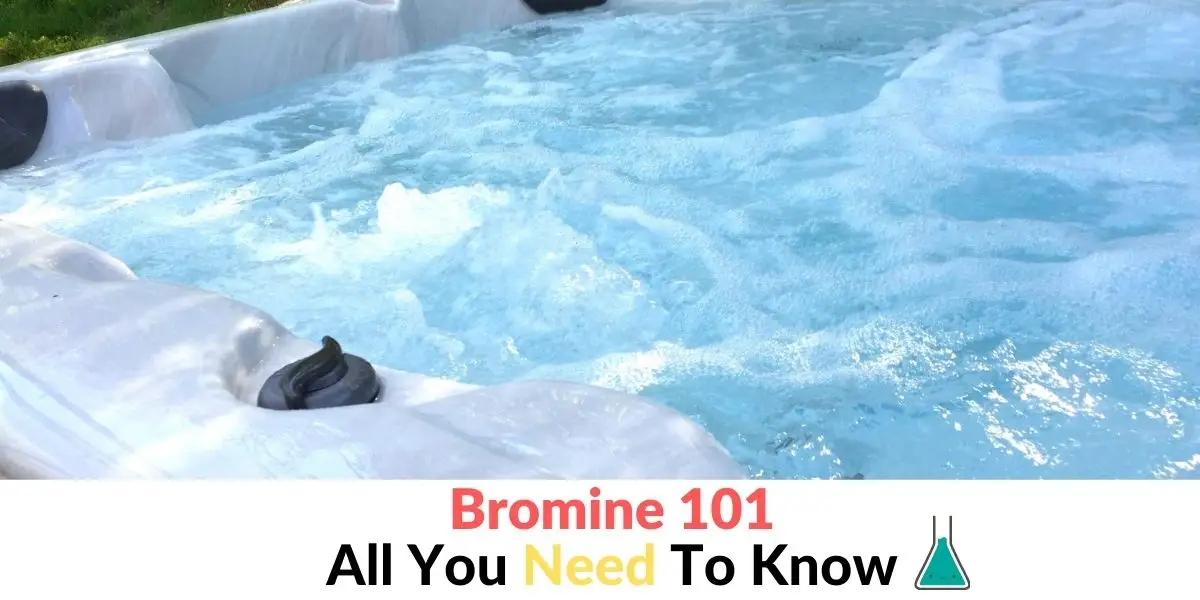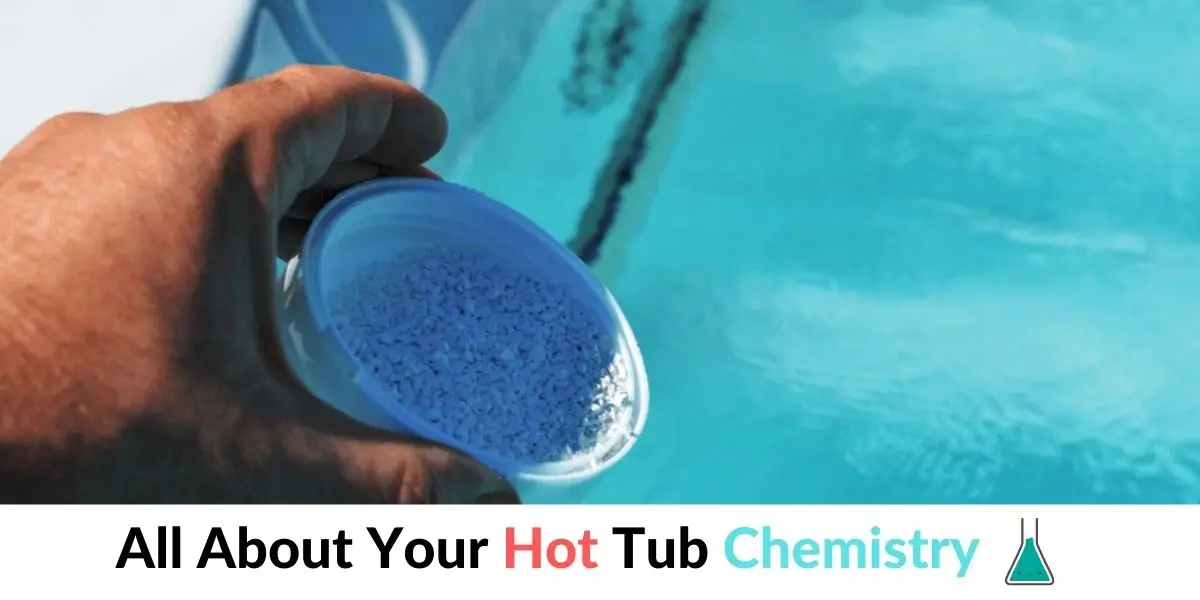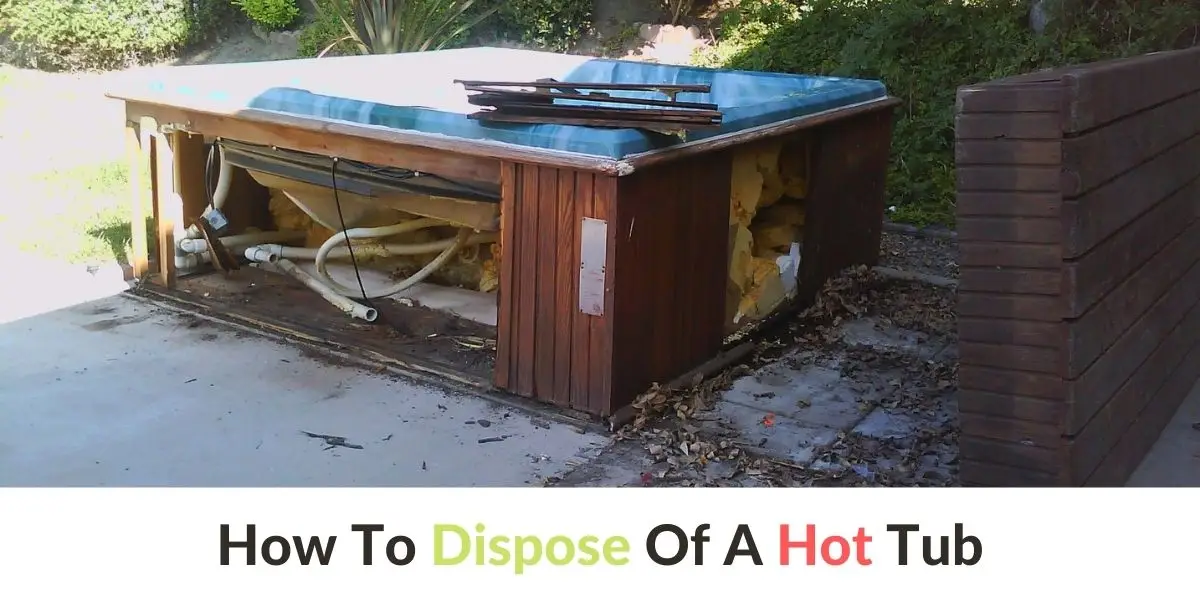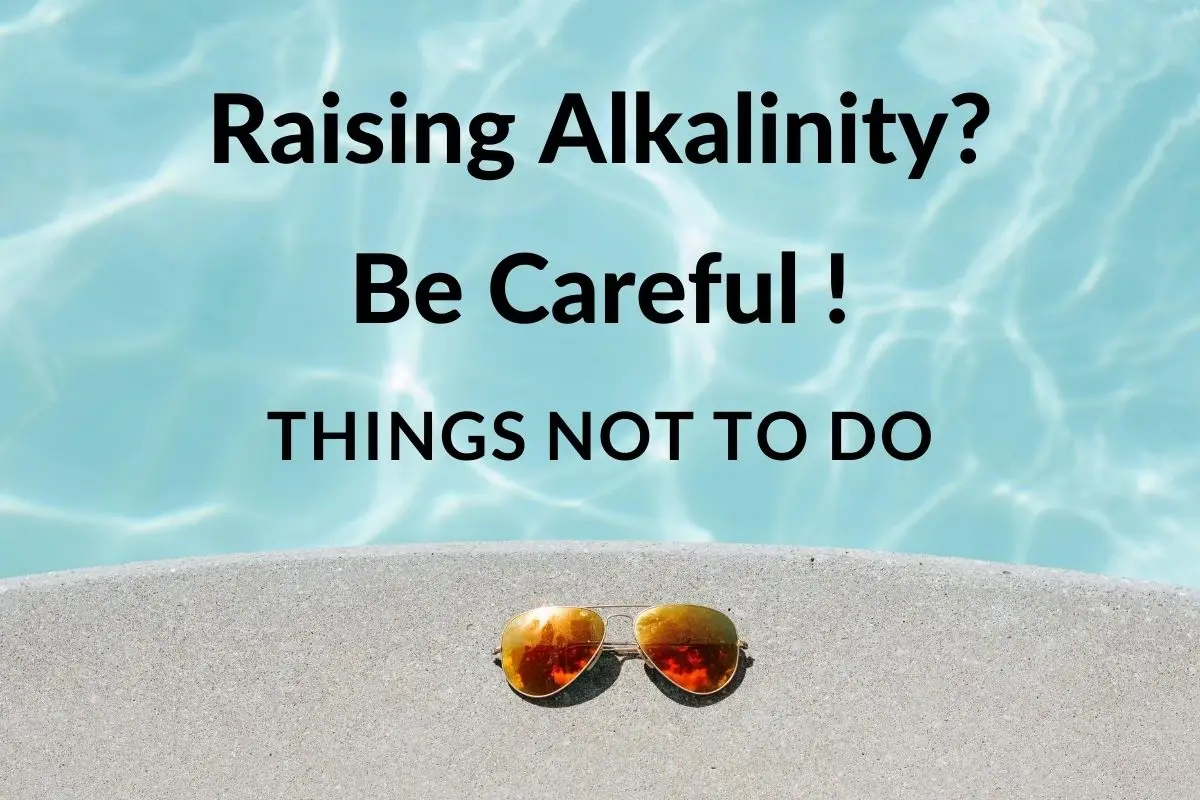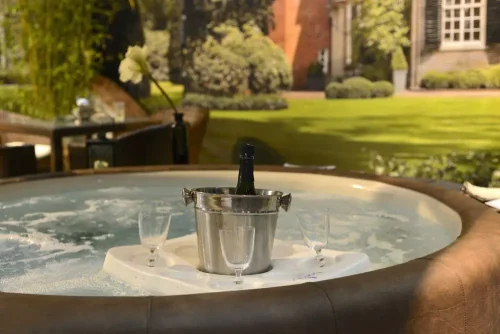Easy Fix in 2024: Do Hot Tubs Lose Water In Winter?
Have you been asking yourself “do hot tubs lose water in winter“? Hot tubs inevitably lose water, especially during winter time even if they are properly covered. It is a result of the natural process where warm water evaporates into the air. This happens more quickly during dry and cold weather.
The evaporation of warm water by turning into steam and going up in the atmosphere is a natural and unavoidable occurrence, caused by the difference in temperature. During the winter months, the air is more dry and much cooler, so the process happens more quickly. Using a hot tub cover can slow this process down and is useful for protection as well.
The important thing that hot tub owners need to keep in mind is to have their hot tubs filled over the skimmer line, so the process of filtration can continue without interruption and the jets will still be operational.
If the hot tub is used frequently during winter, it is also crucial to monitor the level of water because of the continuing evaporation. Regular re-filling of the hot tub can be very helpful in these situations and frequent checks for faulty valves as well.
Water with a higher temperature than its environment turns to steam and evaporates because its molecules expand when heated and turn to vapor. Having a cover over the hot tub not only slows this process down but can also have a reverse effect, capturing vaporized water and eventually returning the water into a liquid state that drops back down into the hot tub. This process is known as condensation.
How to Prevent Hot Tub from Losing Water in Winter?
Here are a few steps you can take to prevent your hot tub from losing water in the winter:
- Insulate the hot tub: Insulating your hot tub can help keep the heat in and the cold out, which can help reduce water loss due to evaporation.
- Use a hot tub cover: A cover can help keep the heat in and the cold out, which can also help reduce water loss due to evaporation.
- Check for leaks: Make sure there are no leaks in the hot tub or the plumbing that could be causing water loss.
- Keep the hot tub clean: Regularly cleaning the hot tub and maintaining proper water chemistry can help prevent water loss due to splashing or water spilling over the sides of the tub.
- Drain and refill the hot tub: If the hot tub has been unused for an extended period of time, it may be necessary to drain and refill it to prevent water loss due to evaporation or other factors.
- Use a floating thermal blanket: A floating thermal blanket can help retain heat and reduce water loss due to evaporation.
- Run the hot tub regularly: Running the hot tub regularly can help circulate the water and prevent it from losing heat and water to the environment.
By following these steps, you can help prevent your hot tub from losing water in the winter and keep it running smoothly.
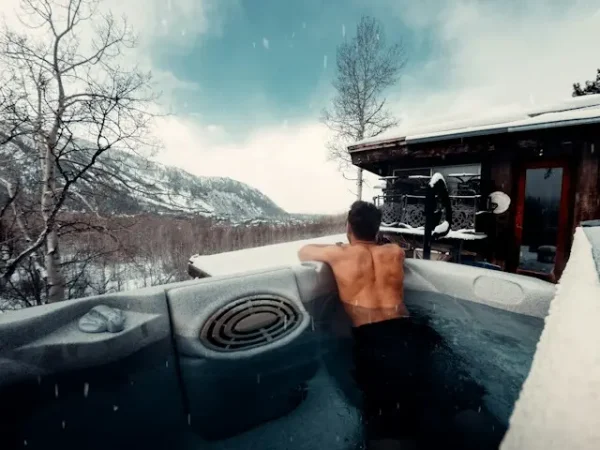
Do Hot Tubs Evaporate in Cold Weather?
Hot tub water is bound to evaporate during cold weather because of exposure to cool, dry winter air that creates ideal conditions for warm water turning into steam and going up to mix with the surrounding air.
The natural scientific explanation of this process has to do with molecules of water that expand during higher temperatures and contract during lower ones. Also, cold air is a lot drier because of low temperatures, so this presents a combination of conditions that lead to water changing its state of existence from liquid to gas (steam).
Hot tubs do have a certain degree of protection against this occurrence, though. There are thermal hot tub covers that significantly slow down the process of water evaporating into warm air. Also, the constant flow of fresh water ensures that the warm water is not stagnant and does not remain in one place, but the molecules closer to the surface are constantly changing because of the jets that operate by pumping fresh water into the hot tub.
No properly functioning hot tub will allow its body of water to evaporate completely, of course. The amount of water lost is compensated by the way that hot tubs operate. They are products that have been designed for outdoor use, so vaporization is a process that is taken into account. It is quite easy to simply add water to the hot tub if the owner notices a decrease in the amount of water inside and thus reduces the risk of a malfunction. Malfunctions and expensive repairs are usually the results of human negligence, not natural occurrences. One of the recommendations for hot tub owners is to keep the hot tub operational whether it is being used or not, in order to avoid all the issues that can be caused by stagnant water, during wintertime in particular.
Why does the Water Level in my Hot Tub Keep Dropping?
The reason for the water level to drop inside the hot tub can be attributed to natural occurrences, such as the above-described vaporization, or a result of a human error caused by lack of regular maintenance and care.
Water turning into vapor will not affect the level of water inside the hot tub quickly, but happens over time and is not noticed by the human eye. The only way this process is noticed is by the cloud of steam coming out of the hot tub when directly exposed to the surrounding cold air. The human factor, however, is a completely different story.
If the water level inside the hot tub keeps dropping and if the level of water lost is quite visible, turning on the hot tub under these conditions can be catastrophic. The water level in the hot tub can also keep dropping if no thermal covers are used and warm water is completely exposed to the outside elements.
The other possibility is human error. This situation implies that the owner has not maintained the hot tub properly and provided adequate protection from heat loss, chemical loss, and water evaporation.
Human errors can cause serious malfunctions of hot tub components that are expensive to repair. Although most hot tub owners take care of their source of relaxation and stress release, there are exceptions, and the lack of care and maintenance is usually followed by costly repairs.
Using thermal blankets or covers to preserve the water level from dropping is always a good idea. They are a relatively inexpensive addition to the hot tub but can provide very effective protection from water and heat loss.
Can you Put too Much Water in a Hot Tub?
Yes, definitely, you can put too much water in the hot tub. The logical course of events will be that the water will overflow and spill all over the surrounding area, something that can cause damage to the hot tub itself.
Another important reason why an overflow of water from the hot tub can be harmful is that it will cause the level of water to rise above the loop of the air blower. In turn, this will cause the circuit breaker to trip and the rest of the hot tub, along with the breaker settings, will likely be required. Water flowing over the edges of the hot tub can also cause other serious issues, such as damaging the electrical components and cables that may not be water-insulated. Although this sounds a bit odd, it is not an uncommon thing that some electrical components that are not meant to be in contact with water at all, are not water-proof and fully isolated.
The ideal hot tub water level should be two or three inches above the top of the filter. The reason why it should not be filled any further is because of the natural water displacement when it comes to bathers and the jets will also be turned on, causing a rise in the water level inside the hot tub. Filling the hot tub is usually done before the electrical components are properly set up, but it can be done with the electrical components, as long as the power is not turned on.
In case a hot tub owner realizes that it is overfilled with water, the hot tub needs to be drained. Properly draining a hot tub requires further steps:
- Turning off the power at the circuit breaker. The pumps and jets should not be running without water;
- Finding the drainage valve and attaching a garden hose to it correctly;
- Opening the water so the draining process can begin.
How much Water Evaporates from the Hot Tub in the Winter?
During wintertime, a certain amount of water must evaporate from the hot tub because of the weather conditions of the season. The amount of water depends on a couple of important factors, such as if the hot tub cover is set up over it, how severe the temperature drops, etc.
The cold and dry winter air, when in direct contact causes a natural process to take place, where the warm or hot water from the hot tub turns to steam and evaporates into the atmosphere, mixing up with the air. This process is more pronounced during the winter months because of the conditions outside. The more cool the air is, it also becomes more drier, and this causes molecules of water to escape into the atmosphere more quickly.
Using a hot tub cover and making sure the inside of the hot tub is properly protected will slow down this process significantly. Regular monitoring of the water level and adding the appropriate amount is the right way to go regarding this issue. A hot tub cover can reduce the evaporation of water from the hot tub by an incredible 95%. Taking good care and keeping an eye on the hot tub cover is also important. As soon as signs of wearing out appear, the best thing to do is to replace it.
Finally, another great idea on how to protect the hot tub water from too much evaporation is using a thermal cover, in addition to a regular one. The thermal cover will create a heat barrier between the air outside and the warm water inside, reducing water loss to a minimum. Using a thermal cover also means less additional water to be poured in and will allow the hot tub owner to relax a bit from constant water level checks.
Can you Add Water to a Hot Tub?
Water can be added to a hot tub in certain conditions, especially during winter time when water loss from the hot tub happens quickly, or in cases when prolonged use requires it.
Water is added to a hot tub in a fairly simple way. The hot tub owner can use a garden hose and simply pour the water directly into the hot tub. However, it is important to be careful when doing this and not to add too much water. This would create an overflow from the hot tub, something that can be just as bad as the water level is too low.
Regular draining and refilling the hot tub is also not that different from adding water. The hot tub water does need to be drained and replaced with fresh water roughly every 4 months.
According to most customers, when properly maintained, adding additional water to the hot tub is something they do once a month, so it is not a major obligation. During wintertime, the water level needs to be monitored more carefully, and adding more water may be needed a bit more often than usual.
In cases where more people use the hot tub on a regular basis (more than three times a week), topping up the water level may be required on a more regular basis, in order to keep the water level from dropping under its base line. This is common to households with larger families, especially those with more kids using the hot tub.
Basically, adding water to a hot tub is a normal and proper process, it keeps the water level high enough and also adds fresh water on a regular basis. The process of adding water is easy and does not require much hard work or complex tasks.





